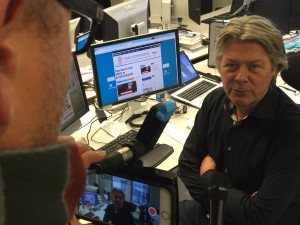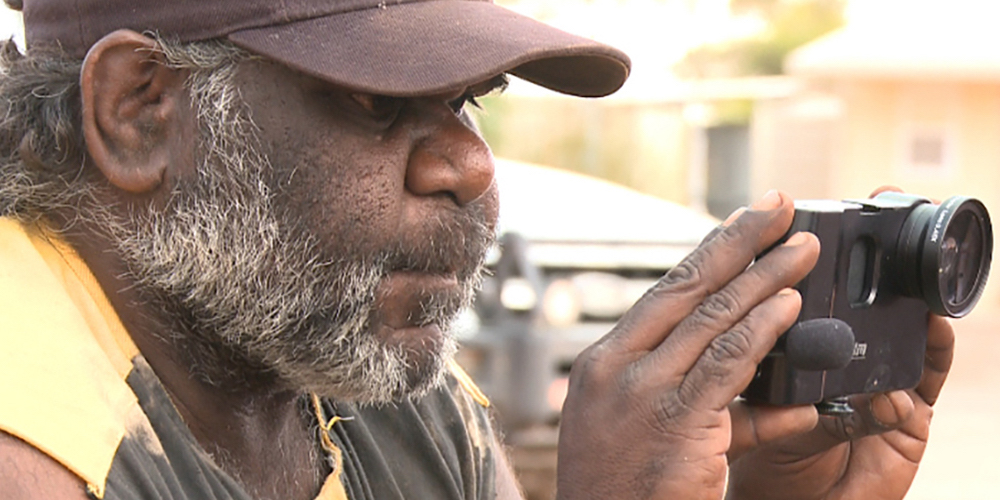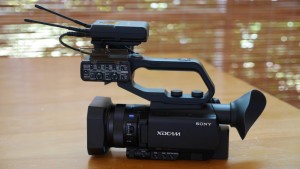So you are an independant producer, mnaybe an NGO, or a non for profit running on donor funding thinking about setting up a documentary, television or web TV production operation what are the steps and how much will it cost?
Here is a simple check list.
1. Why might you need a production company?
Before any expe nse it’s important to understand why one might establish a production company.
nse it’s important to understand why one might establish a production company.
Here are some reasons:
– To leverage funding avaiulable for production entities: some funding biodies adn networks will only work with established production companies.
– To dfferentiate between donor and commercial dollars: this is always important especially where one aim is benevolent and the other to make profit
– To have more and faster control over the ability to make spend decisions: sometimes NGOs are encumbered by rules and proceedures designed specifically to enable donor organisations the degree of transparency they need. Having an associated but distanced production arm may enble faster decision making and vital transparency.
– To create employment opportunities that didn’t prevbiously exist: the main entity may be involved in producing video content and working with external suppliers, but will the new off shoot enable a greater empahsis on co production, and will it be seen as a real player in the content production ecosphere, not encumbered by donor politics
– To act as an umbrella for local and associated production in a way your main organisation could not: to extend production level and reach in a more focused manner with access to development funding
– To distance your work editorially from donor control: to enable essential editorial independence from donor funding requirements
– To establish a working model for organisations you work with to follow: to lead by example and deliver a model that other communities could employ. While devolving the centralized nature of the production operation, this might be one important ideal
– To create the legal entity that TV networks and others require
What other reasons?
2. What level of investment will I require?
Production office: This can be as small or as large as you need or can affortd. Many producers work from hjome until they have a commissioned project. Then they either lease offices or move in to a shared space with other producers in order to mitigate costs.
Insurances: There are worked cover policies, equipment and ublic liability polices. Insurance is sometime socmplicated. In basic terms everyone ona production needs to be isured. In Australia if I hire staff for my production company and pay them wages I need to supply insurances like public liability and or work cover. If they are employed as a company they will or should have their own insurances.
Program development:
Camera overview: One of the aims should be to build redundancy into your spend. One question shoukd be what level of spend is required. One way to begin unralleling this is to decide on the level of production.
One school of thought suggests that you need to buy very expensive video or DSLR cameras. The other is that smartphones might be enough. I suggest that knowing what you want to do and understanding your story can provide a clue.
If you want to shoot high end documentary intended for mainstream TV you will need equipmemt that can deliver content at 50mbps or higher. Given this you will need to think long and hard before you invest in, for example, c300 or even c100 equipment, when, let’s say, a PXW-X70 with its 1 inch chip and 4k, or a Lumix GH4 with 4k, might do the job for a fraction of the cost.
I am always asked if smartphones are powerful enough to create programs. I think they can record the story very effectively. But if the story involves sport or wild animals, for example, you may need a DSLR or video camera with a long lens, as well. The answer lies in the story.
One question I always get asked is, how good are DSLRs for video? Their shallow depth of field makes them ideal for shooting interviews, because the subject can be isolated from the background. But that same shallow depth of field makes them difficult to use as run and gun video camera, even for professionals. I have worked in the field creating video stories for years and I can honestly say that I would always recommend a video camera for run and gun. But this, of course, is a matter, entirely for you.
If you intend to make ads that compete with other high end ads then you might need to think of cameras with prime lenses (but you get these with the GH4) and then the C300, or similar, might be more appealing.
If you are setting up a model that can be copied by other smaller organisations, then cost is an important consideration and finding a balanced solution is essential.
Microphones overview: It is essential to have a number of microphones. A good shotgun mic, a lapel mic and if you can afford it ne or two radio mics. You can spend many thousands of dollars buying microphones, but you can also spend as little as 60 dollars and get something quite useable. At this link http://smartmojo.com/2015/02/13/microphone-comparo-101/ you will find a test of microphones. The list is not definative but it is a start. My tip, get the best mics you can afford.


No comments yet.